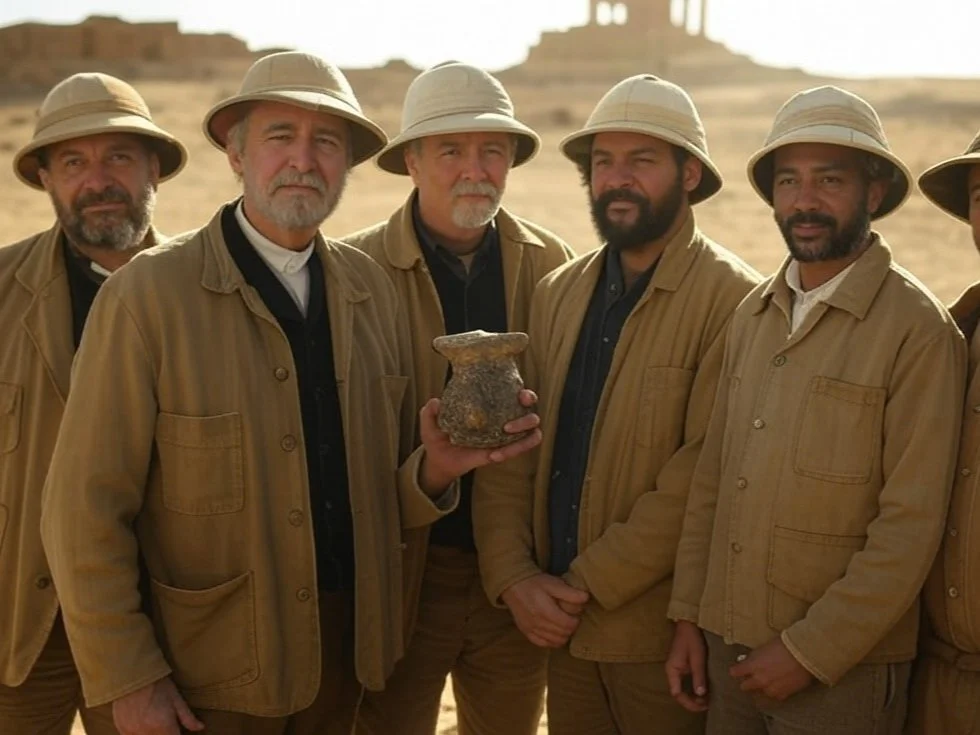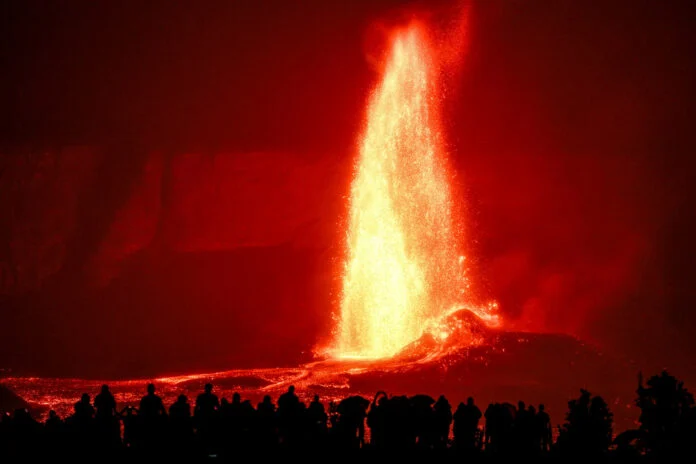Archaeology, the study of human history through the excavation of sites and the analysis of artifacts, has been profoundly shaped by the work of several pioneering individuals. Among them, Howard Carter, Mary Leakey, and Heinrich Schliemann stand out for their groundbreaking discoveries and lasting contributions to the field. Their work not only advanced our understanding of ancient civilizations but also captured the public’s imagination, bringing the distant past to life.
Howard Carter (1874–1939)
Major Discovery: The Tomb of Tutankhamun
Howard Carter is perhaps best known for his discovery of the nearly intact tomb of the Egyptian pharaoh Tutankhamun (KV62) in the Valley of the Kings in 1922. This discovery is considered one of the most significant archaeological finds of the 20th century.
Contributions to Archaeology:
Carter’s meticulous excavation methods set new standards for archaeological practice. He documented every artifact in situ, ensuring a detailed record of the tomb’s contents.
The discovery of Tutankhamun’s tomb provided unprecedented insights into the art, culture, and burial practices of ancient Egypt during the New Kingdom period.
The global fascination with "King Tut" sparked a renewed interest in Egyptology and inspired future generations of archaeologists.
Mary Leakey (1913–1996)
Major Discoveries: Early Hominid Fossils
Mary Leakey was a pioneering paleoanthropologist whose work in East Africa revolutionized our understanding of human evolution. Among her most notable discoveries were the fossilized remains of Proconsul africanus (an early ape), Zinjanthropus boisei (a robust australopithecine), and the Laetoli footprints—a trail of 3.6-million-year-old hominid footprints preserved in volcanic ash.
Contributions to Archaeology:
Leakey’s discoveries provided critical evidence for the theory that human ancestors originated in Africa.
The Laetoli footprints demonstrated that early hominids walked upright much earlier than previously thought.
Her work, often conducted alongside her husband Louis Leakey, laid the foundation for the study of human origins and inspired further research in the field of paleoanthropology.
Heinrich Schliemann (1822–1890)
Major Discoveries: The Ancient Cities of Troy and Mycenae
Heinrich Schliemann, a self-taught archaeologist, is renowned for his excavations at the ancient city of Troy in modern-day Turkey and the Mycenaean sites in Greece. His discovery of Troy in the 1870s confirmed the historical basis of Homer’s Iliad, while his work at Mycenae uncovered the so-called "Mask of Agamemnon" and other treasures.
Contributions to Archaeology:
Schliemann’s work bridged the gap between myth and history, demonstrating that ancient texts could provide valuable clues to archaeological sites.
Although his methods were often criticized for being destructive by modern standards, his discoveries brought attention to the Bronze Age civilizations of the Aegean.
Schliemann’s legacy includes the popularization of archaeology as a means of exploring and validating ancient narratives.
Legacy and Impact
The contributions of Howard Carter, Mary Leakey, and Heinrich Schliemann transcended their individual discoveries. They each brought a unique perspective to archaeology, whether through uncovering lost civilizations, tracing the origins of humanity, or connecting myth to historical reality. Their work not only expanded the boundaries of human knowledge but also inspired countless others to explore the mysteries of the past. Today, their discoveries remain foundational to the field, reminding us of the enduring power of archaeology to illuminate the human story.







